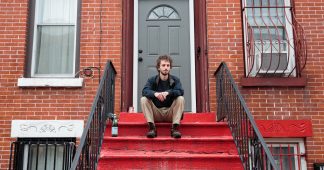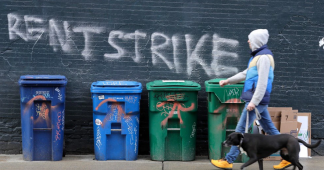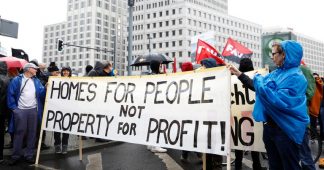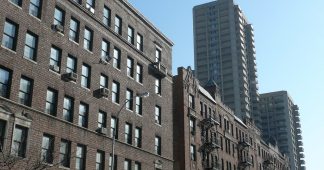1 in 9 renters had their landlord or management company proactively lower their April rent. Among those missing their full payments, 45 percent of renters and 44 percent of homeowners were able to agree to reduced or deferred payments with their landlords and lenders, respectively.
Delinquency is correlated with a number of demographic factors. Poorer and younger households had more trouble affording their housing payments, as did those living in denser, more urban parts of the country.
The pandemic’s impact on housing affordability could very likely worsen in the coming months. Even among renters who paid their April rent in full, 27 percent are “not at all” or “not very” confident that they could continue to do so if shelter-in-place lasts through June.
For homeowners, housing security is buoyed by greater personal savings. Homeowners are over twice as likely as renters to say they could afford housing payments for six months or more if their incomes were lost indefinitely.
Consequently, many renters will prioritize housing costs when government stimulus checks get deposited into their accounts. Homeowners are more likely to prioritize other forms of essential spending, and are more likely than renters to say that they will put their stimulus checks toward savings.
Introduction
This past week marked a turning point for the U.S. housing market. As the COVID-19 pandemic spread over the course of March, Americans increasingly adopted a new normal. Social distancing became not just a new buzzword, but a new way of life as shelter-in-place guidelines grew to cover most of the country. The new quarantine economy has frozen much of the country’s activity, and ten million workers have filed for unemployment insurance in just the past two weeks. In the midst of this public health and economic crisis, most Americans’ rent and mortgage checks came due on April 1.
To understand the pandemic’s immediate impact on the housing market, we designed a national survey to collect data on Americans’ ability to afford their April rent and mortgage payments.1 The 4,000+ survey responses, collected between April 3 and April 5, reflect a dire economic reality: in the span of just a month, the pandemic has already left tens of millions struggling to pay for housing.
One in Four Americans Did Not Pay Their Full Housing Costs in April
The ability to comfortably afford housing — already an issue that many struggle with — has plummeted during the COVID-19 pandemic. Our survey responses indicate that nearly 1 in 4 Americans were not able to pay their April housing bill in full. Half of those respondents were able to make a partial payment to their lender or landlord; the other half made no payment at all. Strikingly, 1 in 8 Americans who had a housing payment due this month has not yet paid any portion of it.
Despite the fact that homeowners have higher incomes and more assets than renters, April’s delinquency rate does not differ dramatically between the two. Thirteen percent of renters were only able to pay a portion of their April rent, while another twelve percent sent no rent check whatsoever. Among homeowners that hold a mortgage, eleven percent made a partial mortgage payment for April. Twelve percent did not pay their mortgage bill.
Needless to say, these rates are far outside the norm. Data from the most recent American Housing Survey collected in 2017 show that in an average month, 3.9 percent of renters will fail to pay full rent.2 In April 2020, we saw this delinquency rate skyrocket 550 percent, as over one-quarter of renters failed to pay their entire rent on time. Typical delinquency rates among mortgaged homeowners are even lower, and this month over 23 percent did not make a full payment on time.
Read more at https://www.apartmentlist.com/rentonomics/many-americans-couldnt-pay-april-rent/











